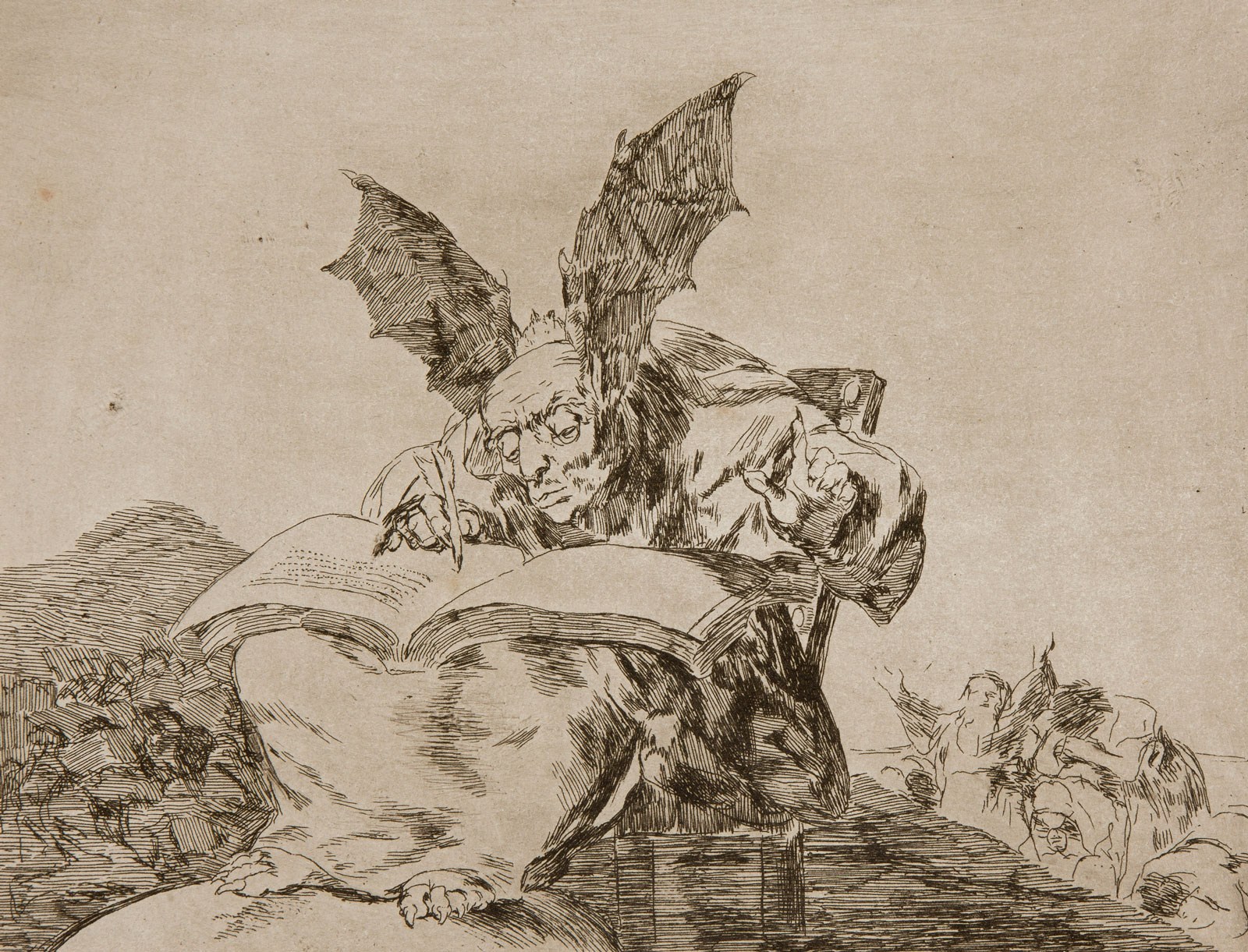In a recent letter to the editor, Leon Botstein, the head of Bard College, scolds The New York Review for not mentioning translators. As a translator myself, I’m all too familiar with the review that offers a token nod to the translation, announces it good, bad, or indifferent, perhaps offering one small example to justify praise or ignominy. But although not specifically singled out by Botstein, I fear I am one of the culprits. My review of Levi’s Complete Works did not name the translators or discuss their work.
The fact is that much space is required to say anything even halfway serious about a translation. For example, the three volumes of Levi’s Complete Works include fourteen books and involved ten translators. There is the further complication that the three best-known books—If This Is a Man, The Truce, and The Periodic Table—had already been translated, the first two by Stuart Woolf, the third by Raymond Rosenthal. If This Is a Man appears here in a “revised” version of the 1959 translation, Woolf himself having carried out the revision more than a half century after his original. However, The Truce appears in an entirely new translation by Ann Goldstein. One can only imagine what negotiations lay behind this odd arrangement; Levi’s writings are still under copyright, which presumably allowed Woolf or his publisher to dictate terms. Ann Goldstein also offers a new translation of The Periodic Table, and is the translator of Lilith and Other Stories, another book in the Complete Works.
We should say at the outset that while Levi liked to describe himself as a writer with a determinedly plain style, the truth is rather different. Often a direct, speaking voice shifts between the colloquial and the literary, the ironically highfalutin and the grittily scientific. It’s true that there are rarely serious problems of comprehension, but the exact nature of the register, which is to say the manner in which the author addresses us, the relationship into which he draws us, is a complex and highly mobile animal. It is here that the translator is put to the test.
Stuart Woolf, later to become a distinguished professor of Italian history, was in his early twenties when he met Levi in 1956 and worked with him on the translation of If This Is a Man, which would appear to have been his first book-length translation. “It is opportune to recall,” he remarks in his translator’s afterword, “that half a century ago the complexities, ambiguities, and compromises that have become inherent in the expression of one culture in the language of another were not yet discussed.” This is not true. There was a rich body of reflection on translation long before the invention of Translation Studies, and Italy, a country that translated more novels than any other throughout the first half of the twentieth century, has a particularly strong tradition in this area.





